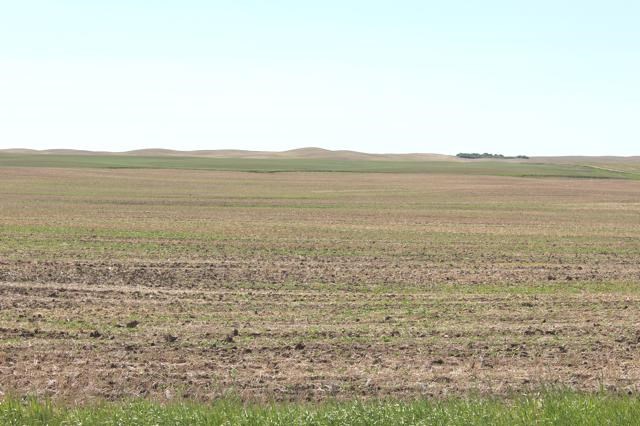Seeding operations are almost complete as 94 per cent of the crop is now in the ground, Saskatchewan Agriculture reported for the week of June 5. This is slightly ahead of the five-year (2012-2016) seeding average of 93 per cent for this time of year, as well as of the 10-year average of 90 per cent. One year ago, producers had seeded 98 per cent of the 2016 crop.
Crop growth was progressing quickly thanks to warm weather and ideal soil moisture conditions. With 98 per cent of the crop in the ground, seeding is essentially complete in the southeastern and southwestern regions. The five-year seeding average for the southeast is 96 per cent for this time of year.
Scattered showers brought varying amounts of rain to the province. Most areas received trace-to small amounts of rain, although some areas received larger amounts.
A significant rain is needed in much of the province to help crops germinate, emerge and to replenish topsoil moisture. There are concerns that crop and hay yields will be severely affected if rain is not received within the coming weeks.
Rainfall varied throughout the region from trace amounts to 29 mm southwest of Moose Jaw. The Limerick and Shaunavon areas reported 8 mm of rain, the Lisieux and Vanguard areas 2 mm, the Mossbank area 1 mm, the Webb area 6 mm, the Swift Current area 12 mm, the Consul area 4 mm and the Tompkins area 13 mm. The Gull Lake area has reported receiving the most precipitation (78 mm) in the region since April 1.
Topsoil moisture conditions are rapidly deteriorating in many southern parts of the province. Persistent strong winds and lack of moisture are drying up fields and delaying crop maturity. There are concerns in areas of the southeast that crop and hay yields will be affected if rain is not received soon.
Provincially, cropland topsoil moisture is rated as five per cent surplus, 65 per cent adequate, 26 per cent short and four per cent very short. Hay land and pasture topsoil moisture is rated as five per cent surplus, 53 per cent adequate, 32 per cent short and 10 per cent very short.
The Kyle, Swift Current, Shaunavon and Ponteix areas were reporting that 24 per cent of cropland and 38 per cent of hay land and pasture are very short topsoil moisture. Livestock producers have indicated that some hay fields are stunted and prematurely heading out; yields will likely be compromised without substantial rain in the coming weeks. The majority of crop damage this past week was caused by strong winds, lack of moisture, frost and insects such as flea beetles and cutworms. Producers are busy seeding and trying to control weeds when the wind is calm.
SaskPower reports that there have been 132 reports this year of farm equipment coming in contact with power poles or lines, with 109 of those incidents happening in May. Producers are urged to be especially careful when using equipment around power lines.



